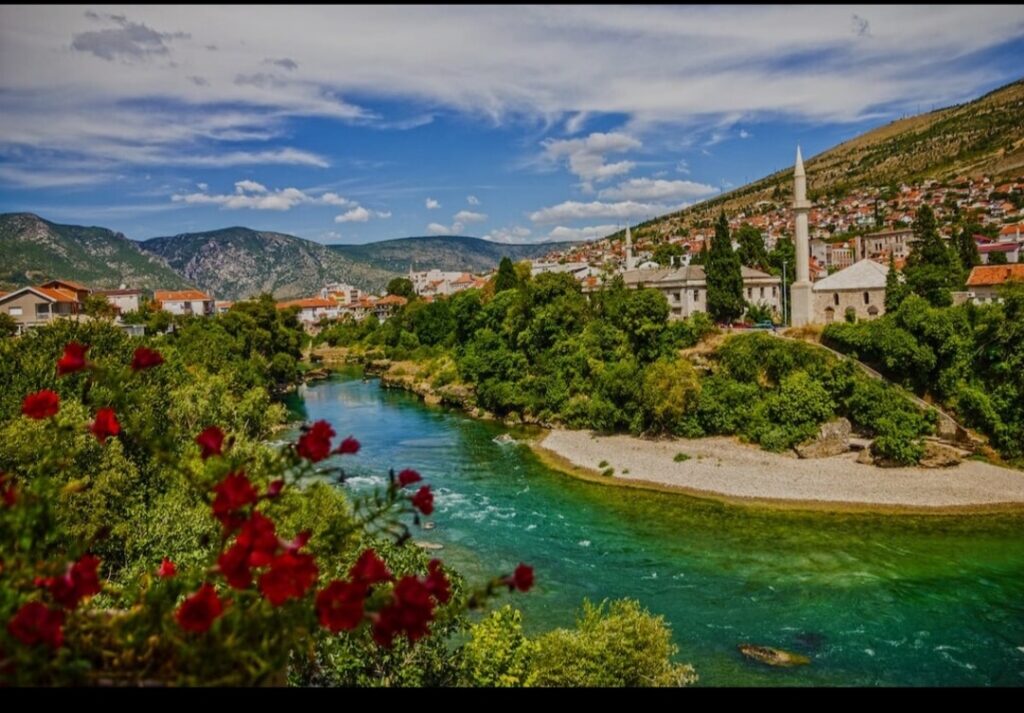
Once known primarily for their snowy slopes, Bosnia’s mountain resorts are reinventing themselves for the summer months as climate change shortens ski seasons and reduces snowfall.
Jahorina and Bjelasnica, which rise to 1,906 meters and 2,067 meters near the capital Sarajevo, have seen snow become increasingly unreliable, with consistent accumulation now only likely above 2,500 meters, well above their altitudes. In response, operators have been shifting toward year-round tourism since about 2017, investing in hiking and biking trails, ATV routes, and scenic chairlift rides to attract warm-weather visitors.
The strategy appears to be paying off. Summer temperatures in the mountains typically range from 24 to 30 degrees Celsius, offering a cool, tranquil escape from the heat and crowds of the Adriatic coast, where popular destinations such as Dubrovnik have endured overcrowding and heat waves pushing 40 degrees.
Tourism officials hope the shift will position Bosnia’s highlands as a viable alternative to the increasingly saturated coastal market in Croatia and Montenegro. While summer tourism still generates less revenue than the ski season once did and far less than Croatia’s coast, where tourism can account for 20 percent of GDP, the goal is to extend the visitor season and create a stable, year-round economy.
“Climate change is forcing us to adapt, but it is also creating an opportunity,” one resort manager said. “People are discovering that the mountains are not just for winter.”
